Nissan Has a Turnaround Plan That Involves Cheaper EVs and Other Electrified Models

The last decade hasn’t been the kindest to Nissan. Its former CEO had to flee Japan and is currently hiding in Lebanon, and several high-value employees left shortly after. Now, the company has reportedly backed out of a tentative deal to invest in Fisker and is eying the possibility that China could eat everyone’s lunch with affordable EVs. CEO Makoto Uchida recently outlined the automaker’s comeback roadmap, called “The Arc,” which he said would involve launching dozens of new models and enhancing the brand’s competitiveness in the EV space.
Uchida said Nissan plans to release 30 new models by 2026, including 16 electrified models. Additionally, the company will refresh 60 percent of its gas vehicle catalog at the same time. Importantly, Nissan’s EV roadmap includes plans to slash prices by 30 percent, achieving cost parity between EVs and ICE vehicles by 2030. The automaker will group the development of some models to reduce costs and partner with outside companies to leverage tech and other advantages.
These moves can’t come soon enough. Nissan’s sales have fallen significantly since 2019, down from 5.52 million that year to just 3.7 million last year. Additionally, the automaker is pursuing measures to improve revenues by the end of the decade and cut more costs.
This is no small feat for anyone to pull off, let alone a manufacturer feeling the upper limits of its financial capabilities. Nissan only sells two EVs in the U.S. at the moment, one of which is set to be discontinued. The brand does not sell any hybrids here, putting it far behind its home country rivals, Honda and Toyota, in the U.S. market.
[Image: Nissan]
Become a TTAC insider. Get the latest news, features, TTAC takes, and everything else that gets to the truth about cars first by subscribing to our newsletter.

Chris grew up in, under, and around cars, but took the long way around to becoming an automotive writer. After a career in technology consulting and a trip through business school, Chris began writing about the automotive industry as a way to reconnect with his passion and get behind the wheel of a new car every week. He focuses on taking complex industry stories and making them digestible by any reader. Just don’t expect him to stay away from high-mileage Porsches.
More by Chris Teague
Latest Car Reviews
Read moreLatest Product Reviews
Read moreRecent Comments
- Chris P Bacon "Needs a valve replaced" and has a cracked windshield, which would be a problem if you live in a state with an annual safety inspection. Based on the valve alone, it's overpriced. If those issues were corrected, it might be priced about right to be a cheap ride until something bigger broke. It's probably a $500 car in current condition.
- SilverHawk Being a life-long hobby musician, I have very eclectic tastes in music. 2 of my vehicles have a single-disk cd player, so that's how I keep my sanity on the road.
- Golden2husky So the short term answer is finding a way to engage the cloaking device by disabling your car's method of transmitting data. Thinking out loud here - would a real FSM show the location of the module and antenna...could power be cut to that module? I'm assuming that OTA updates would not occur but I wonder what else might be affected...I have no expectations of government help but frankly that is exactly what is required here. This is a textbook case where the regulatory sledgehammer is the only way to be sure.
- Rna65689660 KLOVE.com, will give you all the stations on your roadtrip.
- AZFelix I have not listened to a radio station when driving since about 2018. I never sync my phone to my car and instead use a Bluetooth FM transmitter. It connects with my Spotify account on my phone in less than 3 seconds whether I am moving or stopped. It also has two extra USB connections if I ever need them. With 100 million songs (and 6 million podcasts if I was interested) available, I have never been bored with streaming music via Spotify.



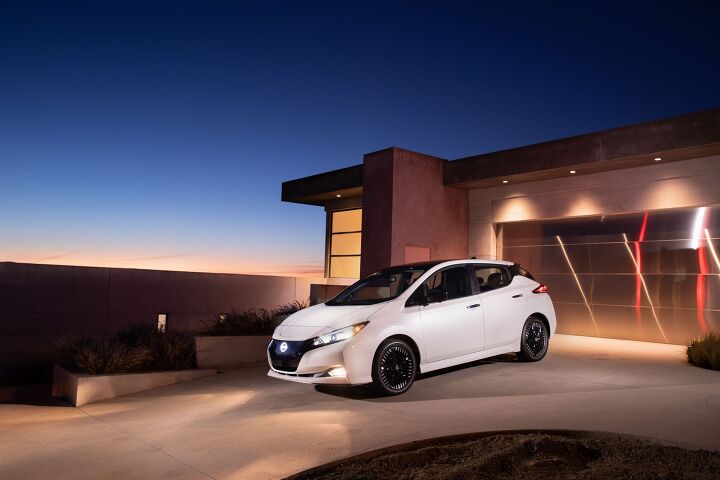











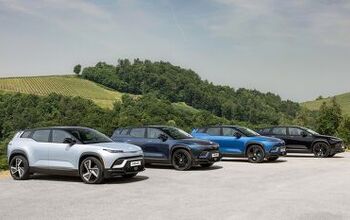

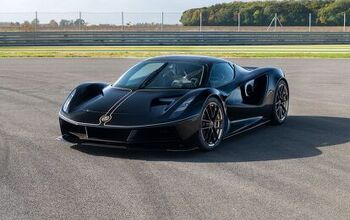
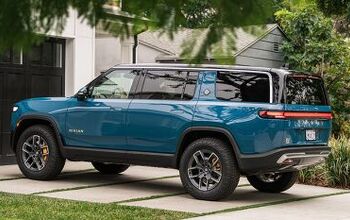
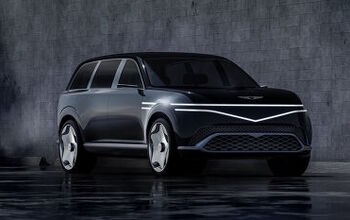
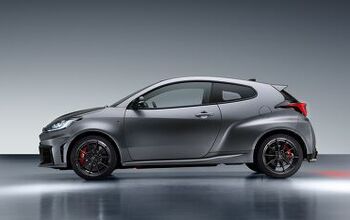

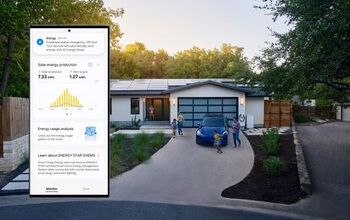
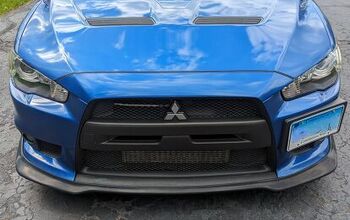
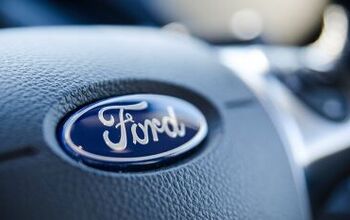

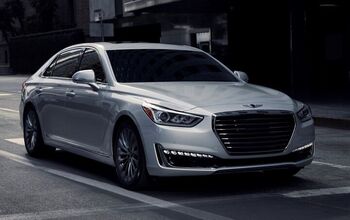
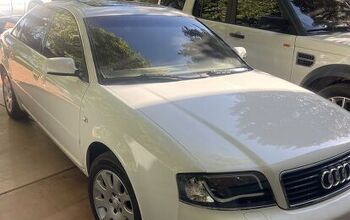

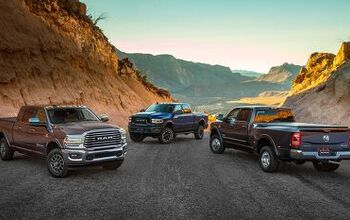
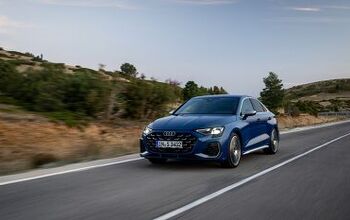

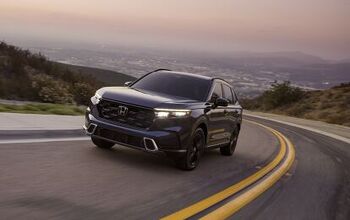
Comments
Join the conversation
Maybe they'll make a smaller engined 260Z so I can afford it, I really dig the styling but want higher mpgs and lower operating costs.
Sales are down, so the solution is to roll out MORE e-cars- the very category that nobody wants? Even Tesla stock value is down at least 25% YTD, and they are starting to slash prices.